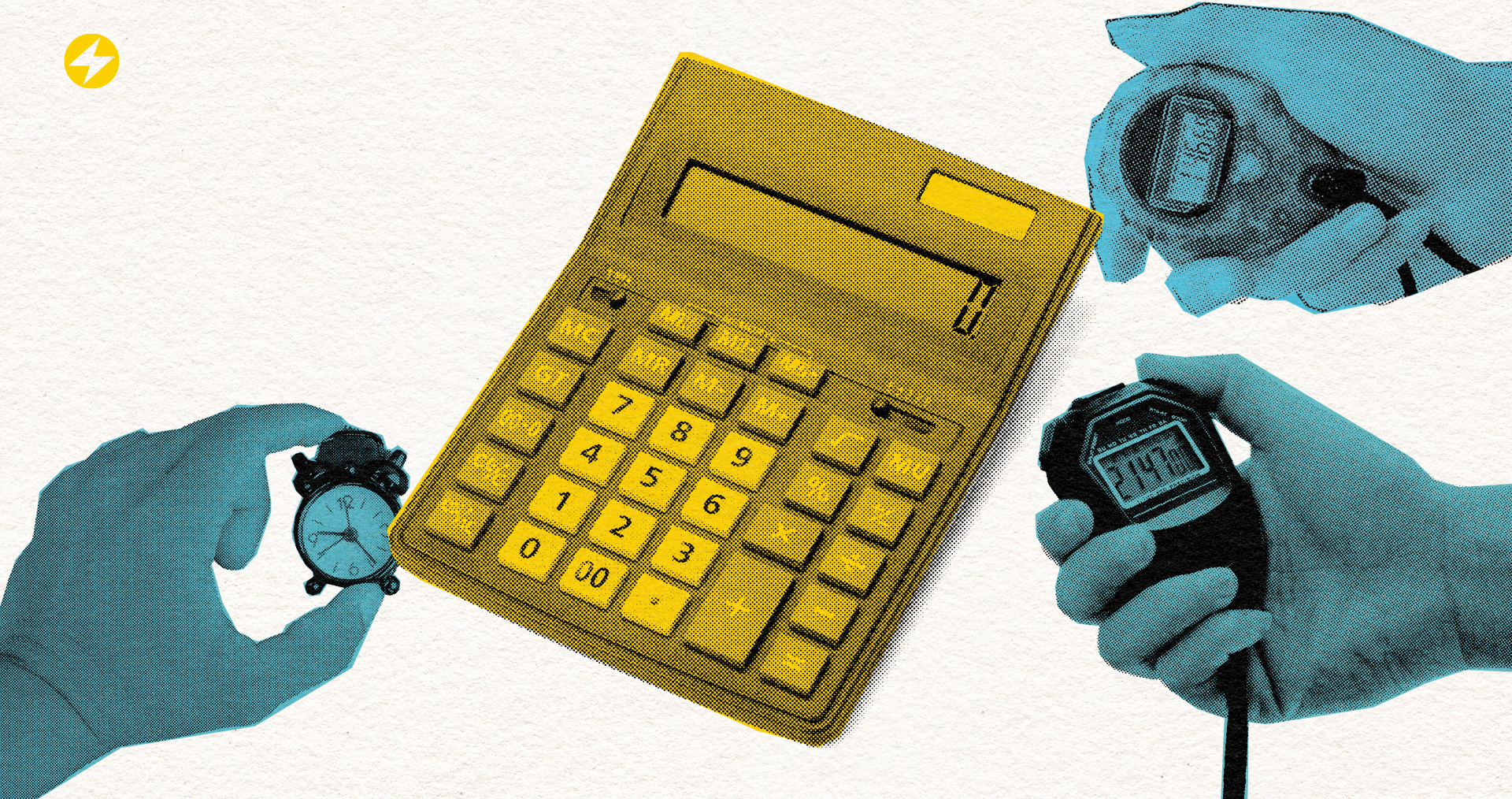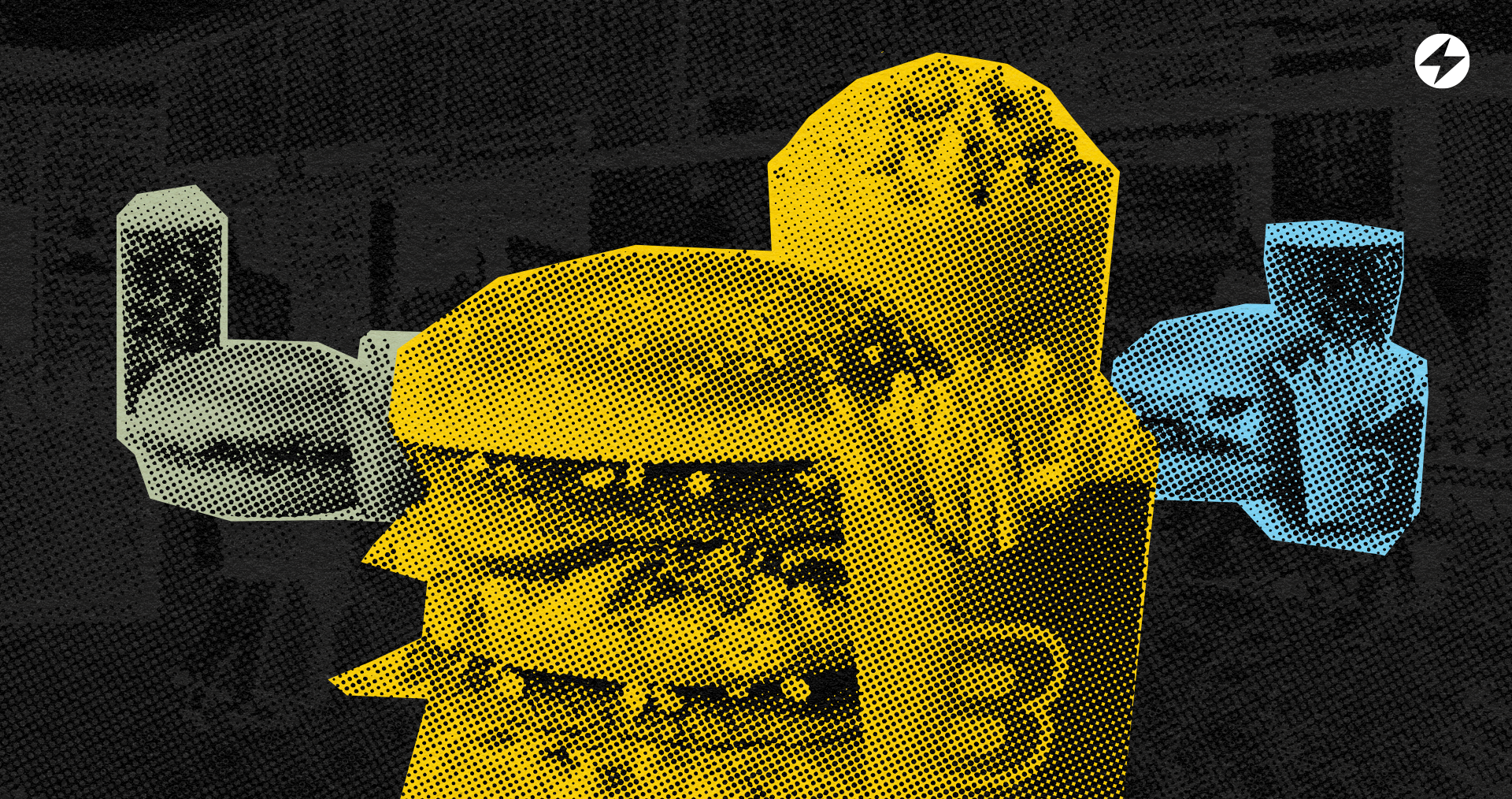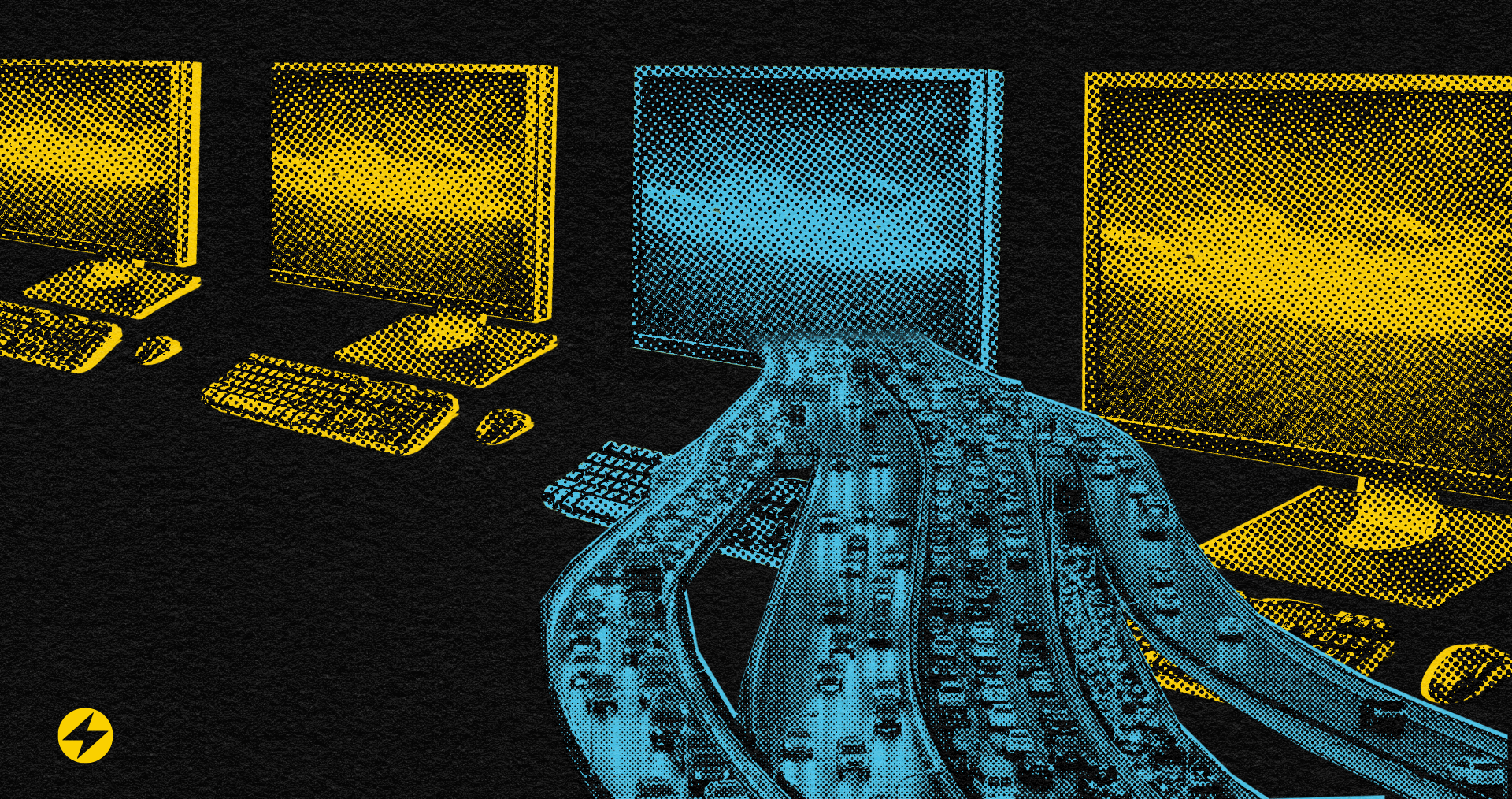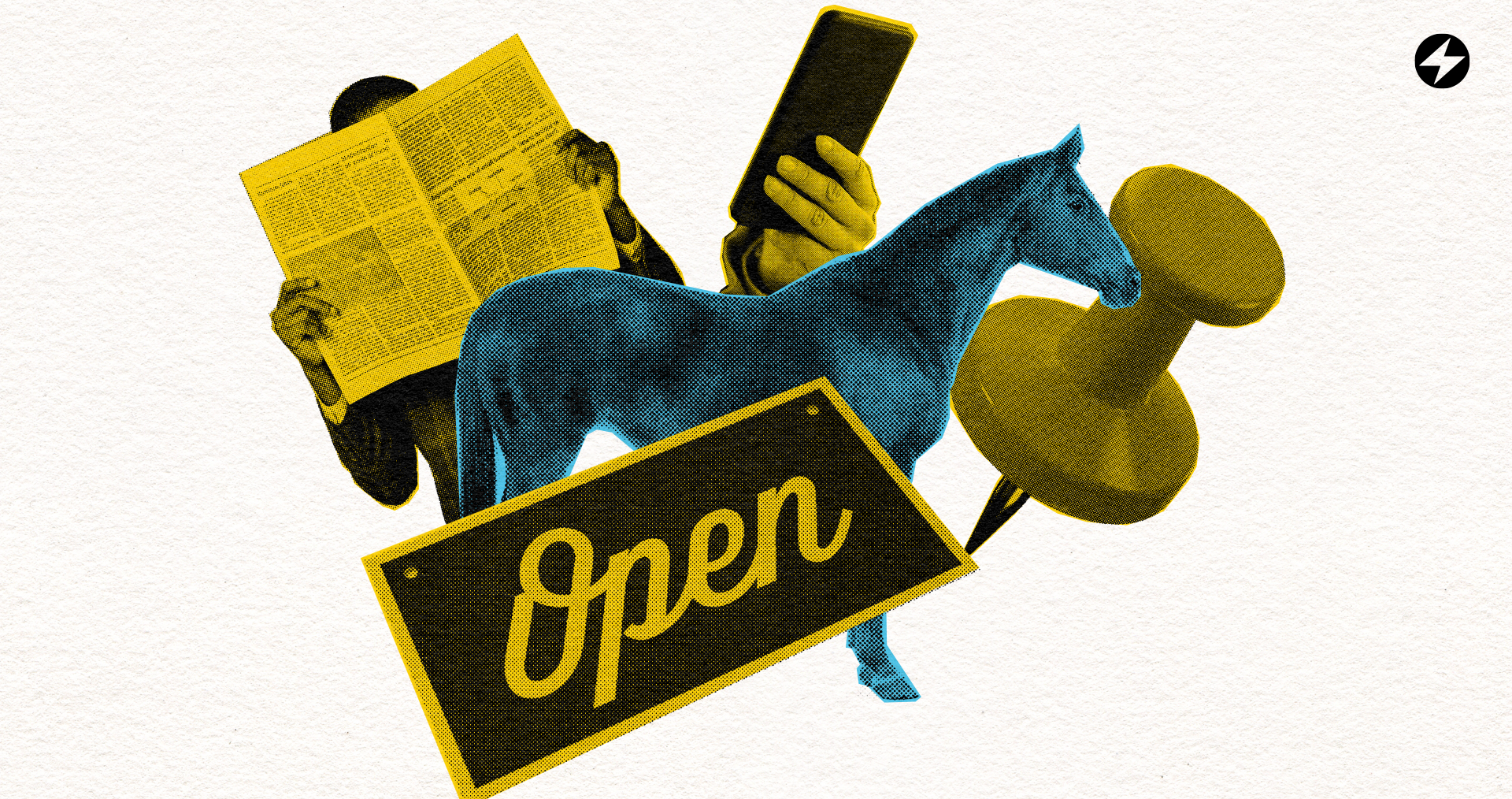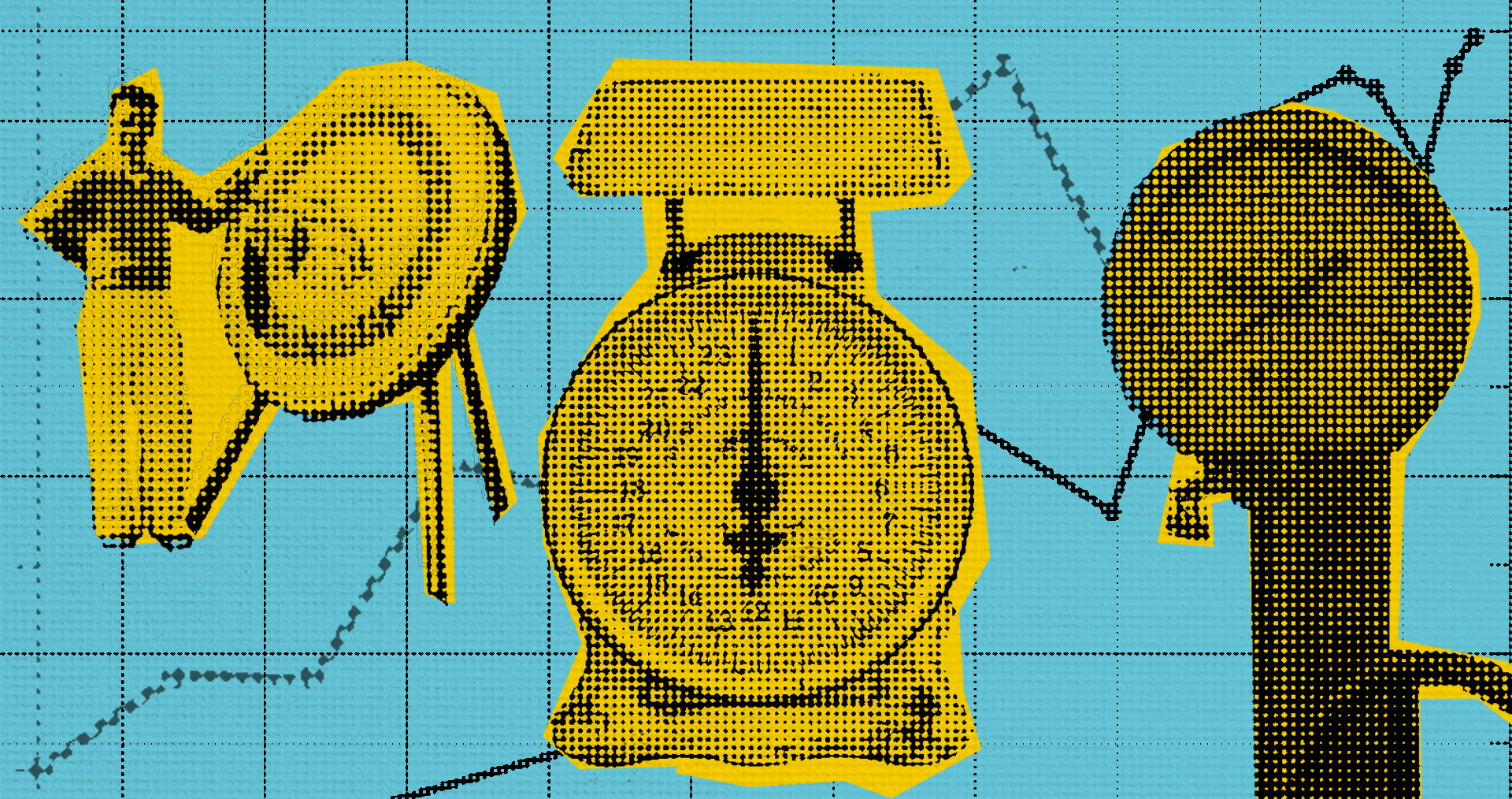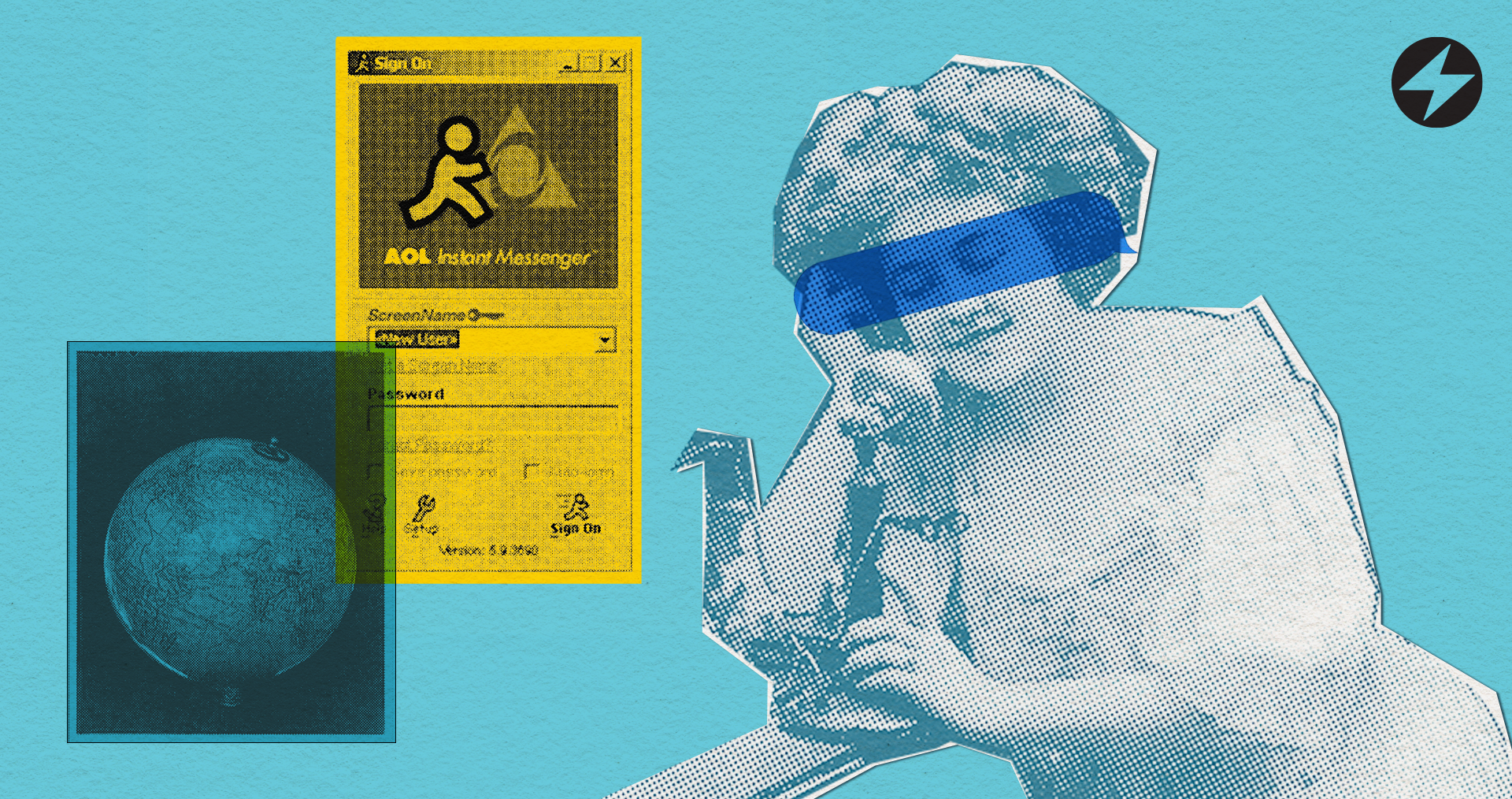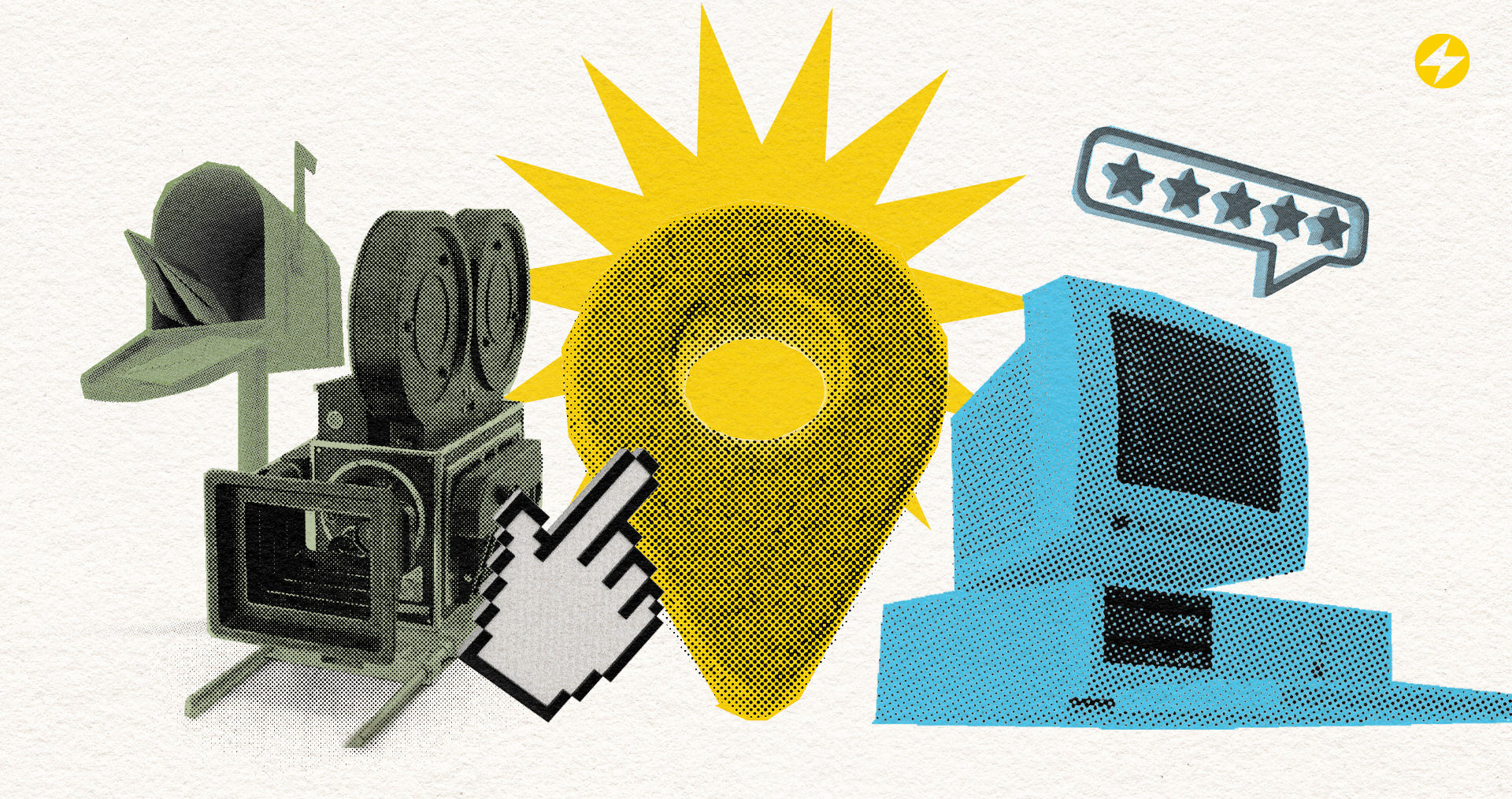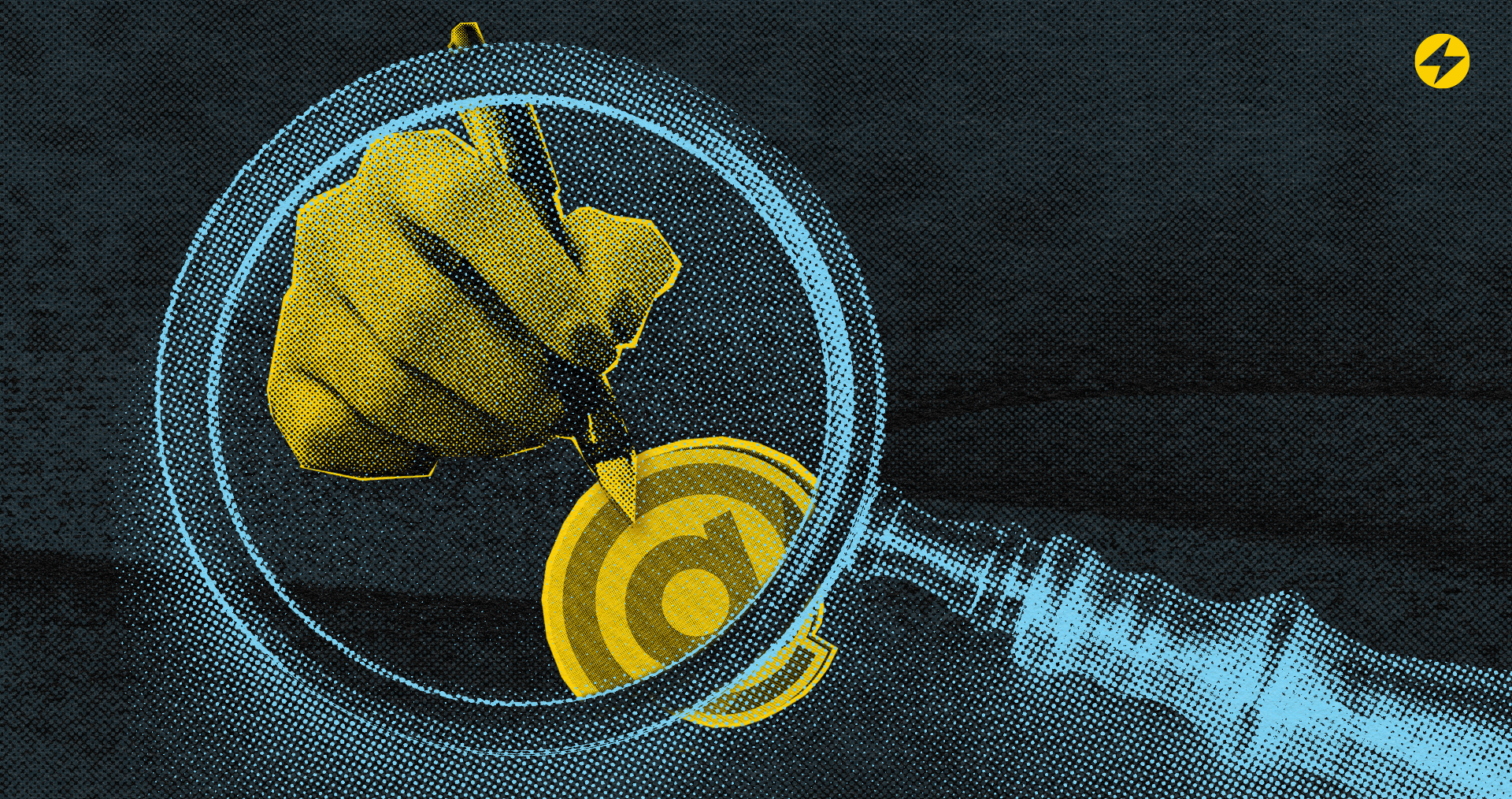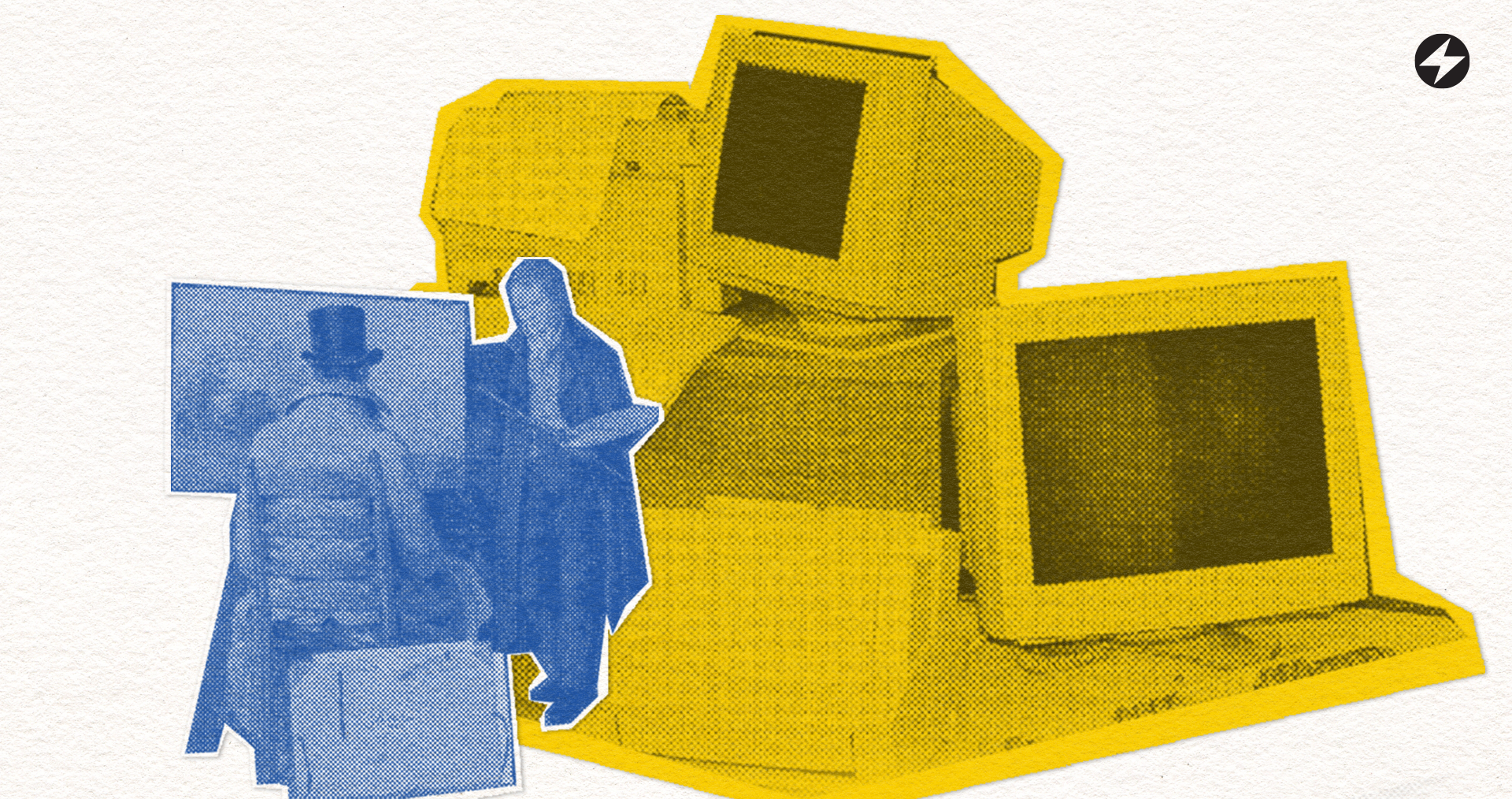Hey Barbie, How Was the Party?
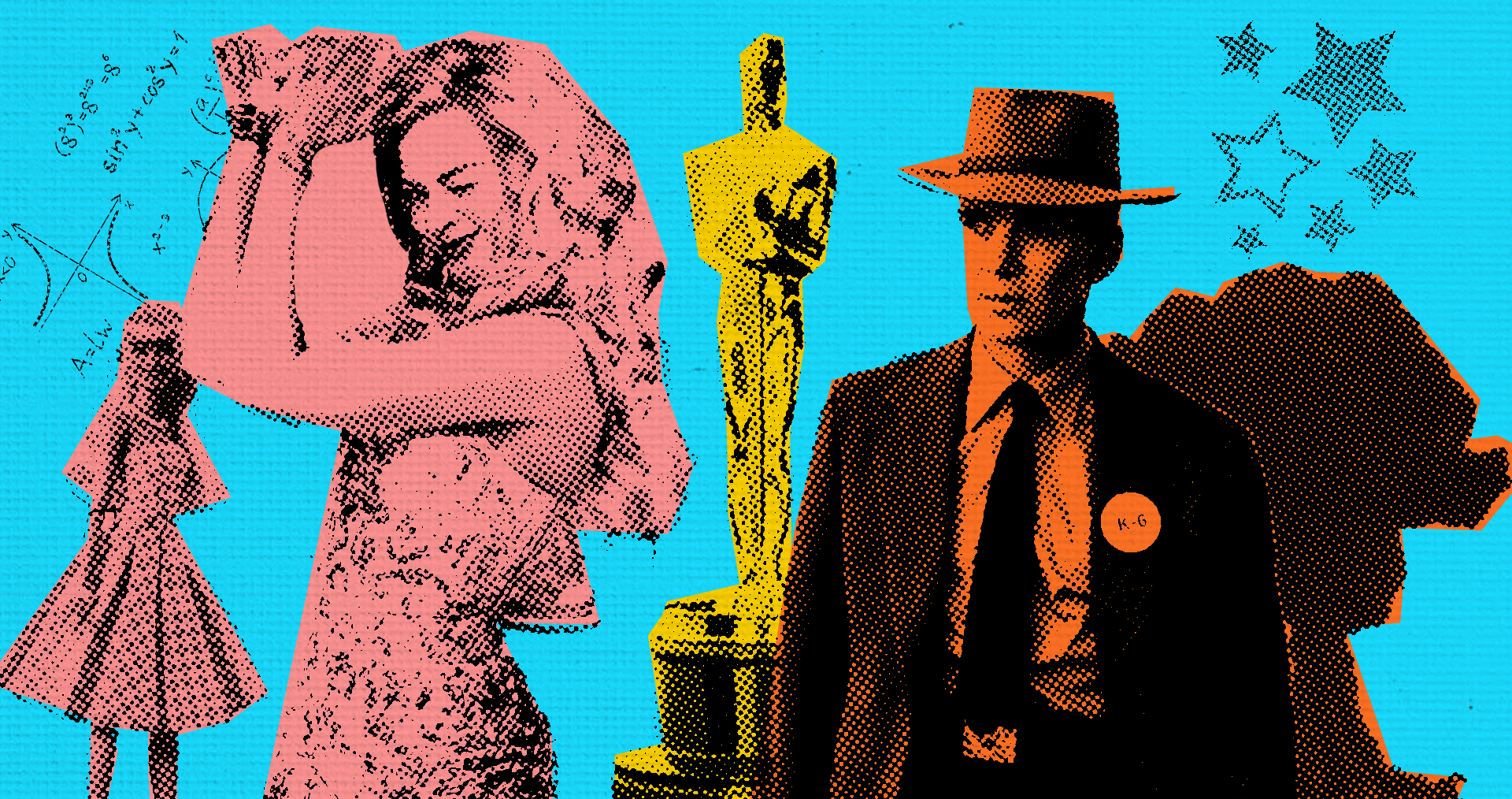
Barbie, Oppenheimer, the Oscars, and How We Got Here with Marketing
And the award goes to… Barbenheimer, for the year’s largest marketing juggernaut based on the unlikely pairing of a loving toy and a nuclear weapon. Read on for more of your favorite marketing team's thoughts on it all.
Did you Say Barbenheimer?
The Barbie movie, a fantasy comedy directed by Greta Gerwig starring Margot Robbie and Ryan Gosling opened in theaters this past summer on July 21, 2023, sharing a release date with Oppenheimer, a far more dramatic picture propped by the gravitas of practical effects, directed by Christopher Nolan starring Cillian Murphy, Robert Downey Jr., and Emily Blunt. The former credits a doll made by Mattel for their IP, while the latter chronicles the life of J. Robert Oppenheimer an American theoretical physicist known as “the father of the atomic bomb”. And yet, despite the tonally disparate source material, their mutual launch spurned a promotional campaign yielding results far greater than the sum of their parts, extending deep into the programming, presenters, acknowledgments, and awards throughout the 96th Academy Awards.
Before the Oscar nominations were even announced, the simultaneous opening days for the two films garnered the shorthand “Barbenheimer,” a portmanteau first tweeted by Matt Neglia, editor-in-chief of the entertainment awards website Next Best Picture,
that came to identify an internet-born obsession of seeing both features on the same day. This language of memes appeared IRL when actor Ryan Gosling, in a playful tête-à-tête with Emily Blunt, as presenters honoring the stunt community, referenced the rivalry between the two films. The Oscars’ goal to keep things copasetic post-SAG-AFTRA agreement, while continuing to extend the box-office success of Barbenheimer was reflected in the messaging and content of the evening, generally bouncing back and forth between awarding Oppenheimer while delighting in the cultural phenomenon of Barbie. Together, the two continue to break the internet, but getting to this point did not happen solely on the luck of the algorithm.
The Unplanned Marketing Strategy that Made Billions
Looking at the promotional campaigns that preceded this fortuitous instance of counterprogramming, these films planned to bet big with marketing long before moviegoers began causing a shortage of pink apparel and fedoras in the marketplace. Barbie is estimated to have spent $150 million whereas Oppenheimer spent a relatively modest, but still sizable $100 million on their marketing efforts. 1 These studio budgets, combined with the intangible and pervasive power of the inescapable online buzz they created, launched their collective debut weekend to the fourth biggest in history. Further breaking down these numbers, there is a direct correlation between money spent marketing and money made at the box office long term, with Oppenheimer grossing almost $1 billion worldwide as of the week of the Oscars and Barbie clocking in at $1.5 billion worldwide.
Time will tell whether or not the seven Oscar awards won by Oppenheimer, including Best Picture, Best Director, Best Actor and Best Supporting Actor, will skew these numbers in their financial favor long term, but the now validated critical acclaim runs parallel to the severe, and aloof strategy the film used to promote itself. Barbie built buzz through product tie-ins, brand partnerships, and social media, whereas Oppenheimer chose austere methods of select trailer releases and an online countdown to the 78th anniversary of the first nuclear explosion.
Warner Bros. president of global marketing Josh Goldstine spoke to Variety about the Barbie team’s multifaceted approach to their marketing campaign, including how they chose to release their first trailer. Referencing cinematic moments of the past, Barbie’s marketing team screened a teaser trailer before showings of
Avatar: Way of Water which pays direct homage to Stanley Kubrick’s
2001: A Space Odyssey. Replacing the black monolith with a gargantuan Robbie dressed in Barbie’s iconic black and white striped one-piece swimsuit, little girls looked in awe of the spectacle, moved to smash their antiquated dolls and throw the pieces into the sky.
The Effects of the Barbie Brand
Beyond teasers such as these, Barbie’s greatest marketing asset was building a community around the brand wherein viewers could utilize social media to signal interest and participation. Further still, the brand strategically expanded the dated notions of what a Barbie could look like, or be, meaning that by encouraging interaction, the historically feminine product actively rejected prior boundaries of race, gender, and age, and thus, intentionally expanded its target audience. One specific instance of this strategy came in the form of a
selfie generator that used the Barbie font, logo, and branding to frame the user as the product themselves with customizable text. Users could superimpose themselves into the marketing of Barbie, and the film, and could answer for themselves what “This Barbie is …”
Beyond the website built by Warner Bros. to facilitate this digital campaign, AMC theatres hosted physical photo opportunities in their lobbies where moviegoers could have their pictures taken in life-size Barbie doll packaging, presumably to be shared on social media. Providing more topical content and access points for the rapidly growing fan base, the high levels of exposure for everything Barbieland led to this all too perfect viral
mishap, symbolic of the movie’s themes. Sometimes life imitates art, and if you’re the Barbie marketing team, sometimes you spin up a once-in-a-lifetime, zeitgeist piercing movement that reaches so far and wide, that you start being credited for
pink sunsets.
As any social media team will tell you, teeing up virality on digital platforms as well as physical spaces is no guarantee of growth or sales, or even attention, but simply one piece of a significantly more comprehensive and expansive marketing strategy. For Barbie, another large piece of that puzzle included numerous brand deals, ranging from Versace to Burger King, and everything in between. Mimicking the same expanded messaging of inclusivity to those who wished to interact with Barbie, the deals were made in a way that said there is no one, nor thing that Barbie can not shape, color, or influence. To no surprise, the largest grossing collaboration for the film was Mattel2, the toymaker now responsible for the product that launched a thousand partnerships.
“What Was I Made For?”
When one remembers the fact, that Barbie was first and foremost a product made to be purchased, the buzz around the film seems less mysterious. Barbie’s decades-long story began with marketing, so why are we surprised they have harnessed that same power to reach new, impressive heights?
After the Oscars, Barbie would walk away with only one award. Billie Eilish, along with her brother Finneas O'Connell, won the Oscar for best song with “What Was I Made For?”, written for the movie’s soundtrack. A lackluster showing compared to Oppenheimer’s now bursting war chest of golden statuettes. If the tally of awards denotes market success, the academy added further critical insult by not nominating Greta Gewrig for best director, an irony many felt was more on the nose than seemed possible. But weep not, accolades aside, the exemplary marketing efforts of Barbie and their impromptu odd couple partnership with Oppenheimer gave both films and movie theaters, in general, a much-needed boost of relevance and revenue. To answer Billie’s question, these two were made in the image of every great blockbuster hopeful, they were made for making money.
_____________________________________________
1 https://variety.com/2023/film/box-office/barbie-marketing-campaign-explained-warner-bros-1235677922/
2 https://www.creatoriq.com/blog/best-barbie-movie-brand-collaborations
